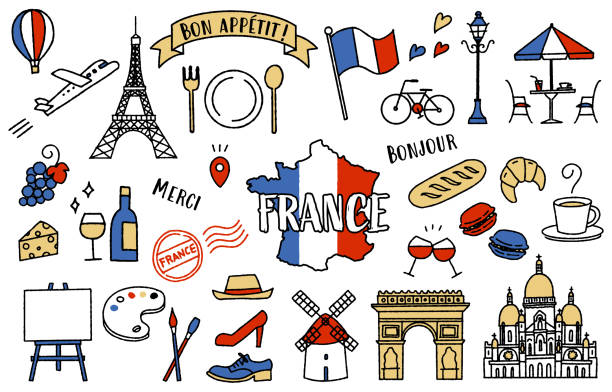mchec.org – Reggae Sumfest, often hailed as one of the biggest reggae music festivals in the world, has been captivating audiences for decades. Held annually in Montego Bay, Jamaica, this iconic event brings together top-tier reggae and dancehall artists from around the globe.
A Legacy of Music and Culture
Reggae Sumfest has its roots in the 1990s, evolving from a smaller event into a global phenomenon. The festival has played a crucial role in promoting reggae music and Jamaican culture worldwide. It has showcased the diversity and evolution of reggae music, from its traditional roots to its modern, dancehall-influenced sound.
A Star-Studded Lineup
Each year, Reggae Sumfest attracts a stellar lineup of both legendary and emerging artists. Past performers have included Bob Marley’s children, Damian Marley and Stephen Marley, as well as other reggae heavyweights like Shaggy, Sean Paul, Beenie Man, and Bounty Killer. The festival also features a diverse range of international artists who have collaborated with reggae and dancehall acts, further expanding the genre’s global reach.
A Vibrant Festival Experience
Reggae Sumfest offers more than just music. It’s a vibrant cultural experience that immerses attendees in the heart of Jamaican culture. The festival grounds are transformed into a carnival atmosphere, with food vendors, craft stalls, and lively entertainment. The energy is infectious, and the crowd’s enthusiasm is palpable.
Impact on the Music Industry
Reggae Sumfest has had a significant impact on the global music industry. It has helped to launch the careers of many young artists, providing them with a platform to showcase their talent to a worldwide audience. The festival has also contributed to the economic growth of Jamaica, attracting tourists from around the world and generating revenue for the local economy.
Reggae Sumfest continues to be a major force in the music industry. Its ability to blend tradition with innovation, and to attract a diverse audience, ensures its continued success. As the festival evolves, it remains committed to celebrating the rich heritage of reggae music and promoting its global appeal.



